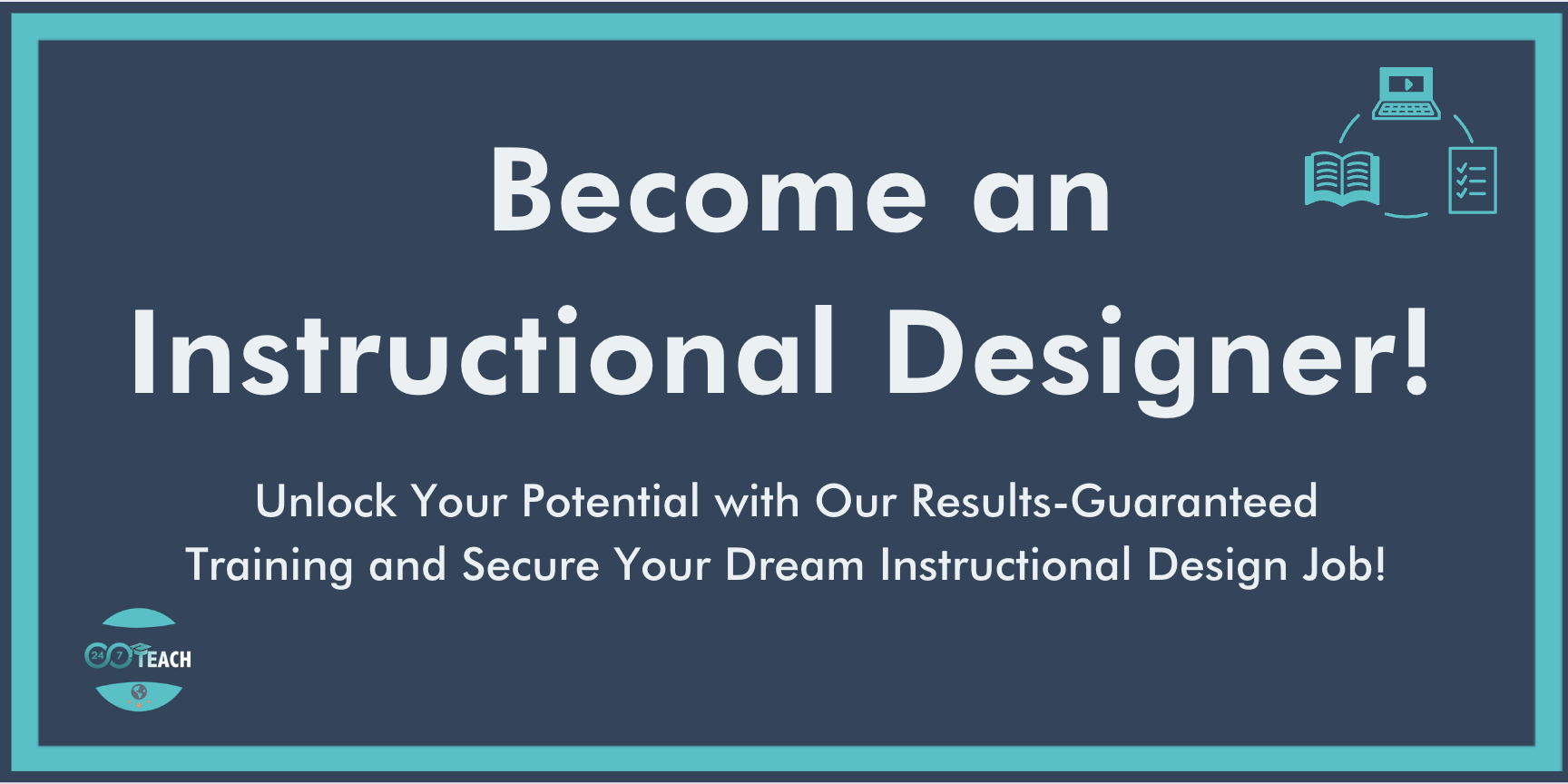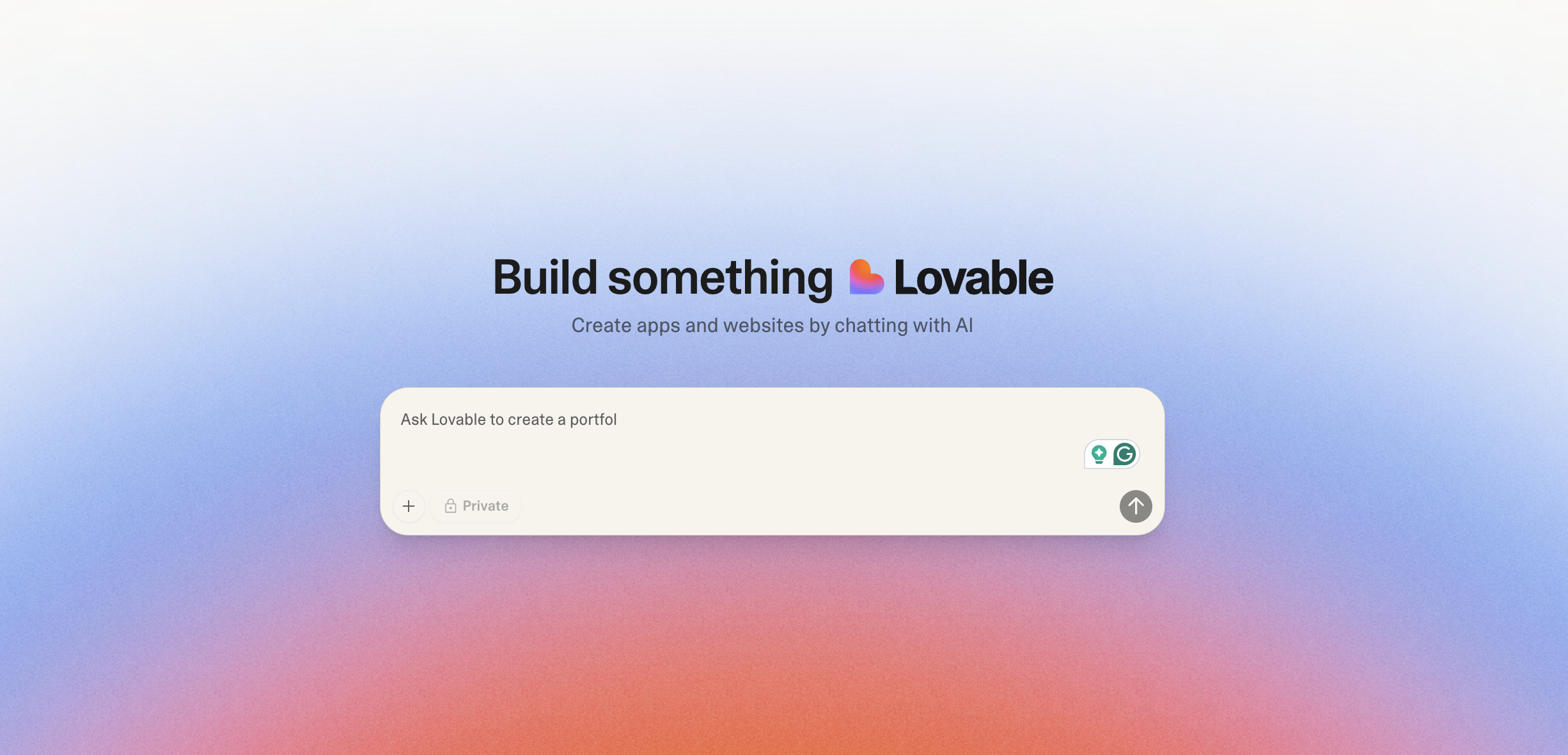Why Every Instructional Designer Should Know Visual Design Principles
By Justice Jones
24/7 Teach Lead Instructional Designer
Prefer to listen to this post? Click below.
The Interplay of Instructional & Visual Design - Why Every Instructional Designer Should Know Visual Design Principles:
In the ever-evolving landscape of instructional design, it's not enough to craft compelling content; how it is presented is equally crucial. This is where visual design principles come into play. For instructional designers (IDs), understanding these principles can elevate their creations from "good" to "exceptional." But what exactly are these principles, and how do they mesh with the world of instructional design? Let's delve deeper.
Why Visual Design Principles Matter in Instructional Design
We're visual creatures. Research shows that around 65% of the population are visual learners, meaning they process information best when presented visually. With this in mind, it becomes clear why incorporating visual design principles into eLearning or any instructional module is indispensable.
Moreover, a well-designed course engages the learner and boosts comprehension and retention. It provides clear visual cues, reduces cognitive load, and creates a memorable learning experience. In essence, good graphic design complements instructional objectives, propelling the effectiveness of the educational material.
Core Visual Design Principles Every ID Should Know
Balance: Like balancing elements in life, visual balance gives a design structure and stability. It involves the distribution of elements, ensuring that no side feels 'heavier' than the other. Balance can be symmetrical or asymmetrical, but the aim remains—creating a harmonious, cohesive look.
Contrast: Using contrasting colors, sizes, or shapes can draw attention to key information. This principle helps important content stand out and guides the learner's eye through the instructional material.
Alignment: Proper alignment provides a clean, organized design. Whether it's text, images, or multimedia elements, consistent alignment ensures clarity and avoids confusion.
Repetition: Repeating certain design elements (like icons for key takeaways) throughout the course provides a sense of unity and consistency. It also aids in reinforcing certain concepts or branding elements.
Proximity: Elements related to the same topic or idea should be grouped together. This principle facilitates logical content flow and boosts comprehension.
White Space: Also known as 'negative space,' this isn't just about the color white. It refers to the unmarked areas between design elements. Effective use of white space avoids clutter, increases readability, and emphasizes critical content.
Hierarchy: This is about showcasing the importance of information using design. Bigger fonts, bold colors, or strategic placement can easily highlight main ideas, guiding learners through content layers.
Incorporating Visual Design into Your Instructional Modules
Start with the Audience: As with any instructional design project, begin by understanding your learners. Consider their demographics, cultural backgrounds, and possible visual impairments. Such insights will guide your visual choices.
Marry Content with Visuals: Visuals shouldn't be an afterthought. As you design the instructional flow, simultaneously think of the visuals that would best support the content. A complex concept might benefit from an infographic, while a flowchart might best explain a process.
Stay Consistent: Choose a color palette, font family, and a set of icons or imagery and stick to them throughout the course. Consistency reinforces branding and offers a cohesive learning experience.
Feedback Through Design: Use visual cues to provide feedback. For instance, correct answers could glow green, or a progress bar could fill up as a learner advances, providing motivation and a sense of accomplishment.
Optimize for Different Devices: With the rise of mobile learning, ensure your designs are responsive. What looks good on a desktop might not be on a mobile device. Optimize visuals to ensure clarity across all platforms.
Iterate and Test: As with all designs, it's crucial to test, gather feedback, and iterate. What seems visually appealing to you might not resonate with the learners. Regularly gather feedback and be prepared to make adjustments.
The Symbiosis of Visual Design & Learning Retention
Having explored the importance and integration of visual design principles in instructional content, it's worth delving into how these visuals directly impact learning retention and comprehension. At its core, instructional design is about facilitating learning, and visuals play an undeniable role in enhancing this process.
How Visual Design Enhances Memory Retention
Dual Coding Theory: Proposed by Allan Paivio in the late 1970s, this theory suggests that verbal and visual information are processed differently and have separate representations in memory. When learners encounter both verbal and visual stimuli (like text and an accompanying image), they have two ways to remember the information, increasing the likelihood of retention.
Reduced Cognitive Load: When represented visually, complex ideas can simplify the required information processing. For instance, a well-designed infographic can encapsulate pages of data into a single, comprehensible visual, making it easier for learners to grasp and remember.
Emotionally Engaging: Humans are innately drawn to visuals. A poignant image or a captivating design can evoke emotions, making the learning experience more engaging and memorable. Emotion, as research suggests, is a potent catalyst for memory.
Leveraging Visuals for Deeper Engagement
Storytelling through Imagery: Humans have been storytellers for millennia. Incorporating visuals that tell a story—be it the journey of a concept or the evolution of a product—can draw learners in. This narrative approach not only makes content engaging but also aids in placing information in a relatable context.
Interactive Visuals: Technological advancements have transformed static visuals into interactive elements. Consider using interactive graphs, clickable infographics, or drag-and-drop activities. These not only make the content visually appealing but also promote active learning.
Cultural Consideration in Visuals: Visual cues can vary significantly across cultures. What's considered a positive visual cue in one culture might be neutral or even negative in another. Awareness of and sensitivity to such nuances ensures that your visual design resonates universally.
Simplify to Amplify: Using flashy graphics or intricate designs might be tempting, but simplicity often yields better comprehension. Use clean lines and harmonious color schemes, and avoid visual clutter. The goal is to amplify the content, not overshadow it.
Conclusion: An Ongoing Journey of Visual Exploration
Instructional design's beauty lies in its evolving nature. As learners change, so do the methodologies and techniques to engage them. Visual design isn't just a supplementary skill for instructional designers; it's a powerful tool in the arsenal. By intertwining effective visuals with solid content, we can craft experiences that are memorable, engaging, and impactful.
The synergy of instructional and visual design sets the stage for holistic learning experiences. So, as we continue to design, let's keep our eyes open and our palettes vibrant, ensuring every instructional journey we craft is as visually delightful as it is educative. After all, in the theater of learning, visuals set the stage for unforgettable performances.
Discussion Question:
Join the conversation and participate with the 24/7 Instructional Design community by answering the DQ in the comment section below:
How can we effectively balance the use of advanced visual design elements with the core principles of instructional design to ensure that learners are not only engaged but also comprehending and retaining the essential content? Share examples from your experiences where visual design either enhanced or detracted from the learning experience.
Need Guidance on Navigating the Shift to Instructional Design?
Before You Go...
Discover the Unmatched 24/7 Teach Experience:
Our Instructional Design bootcamps and career coaching services have a 100% success rate. We redefine learning by immersing you in practical, hands-on projects, ensuring you acquire vital professional expertise while making a meaningful difference in your community.
Unlock your true potential today with 24/7 Teach and invest in your future.











